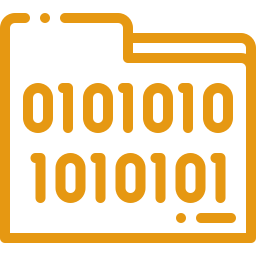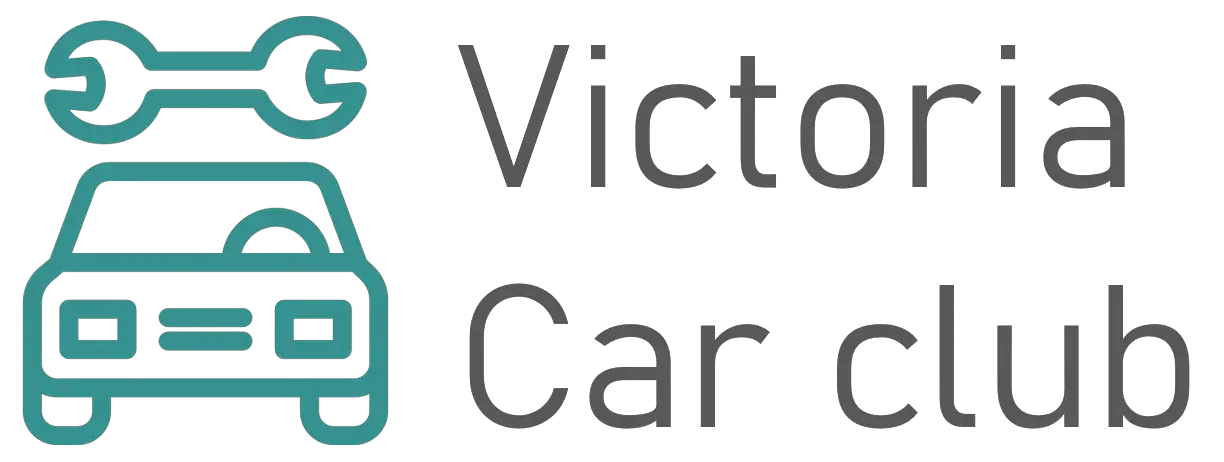Imagine yourself driving calmly on board your Hyundai Bayon and all of a sudden an engine signal shows up on your dashboard ! The most standard kind of response is worries of risking a serious trouble. To know what exactly this light refers to, you will have to learn how to read an Hyundai Bayon fault codes, you may have already heard about OBD system, this is exactly what we are going to focus on. Our editors have chosen to produce this content to help you quickly discover the origin of this default code and to give you reassurance. To get this done, we will first look at the nature of a fault code on Hyundai Bayon, then how to read an Hyundai Bayon fault code, and finally how to erase this fault code in order to turn off the light on your dashboard.

What is a Hyundai Bayon fault code?
A fault code is a universal or standard code common to all manufacturers , they are also identified as DTC (Data Trouble Code), the objective is to make sure that any diagnostic OBD can understand them. They will be symbolized by a standard format, such as example: P0255. Each data will have a particular interpretation. Default codes are codes issued by the calculators of your Hyundai Bayon. These ECUs will continuously monitor your vehicle’s emissions, pressures, mixtures and when the values exceed the limits set by the vehicle’s ECU, the fault code will show up. The benefit of understanding how to read a fault code on your Hyundai Bayon is that you will have access to specific info about your automobile which will allow you to discover what problem you are standing in front of.
How to read a fault code on my Hyundai Bayon?
In this second part we will now focus precisely on what brings you on this site, how to read a fault code on Hyundai Bayon. To access this precious data you will need to to get a diagnostic tool, also called OBD 2, named after the socket on your Hyundai Bayon to which you will have to connect. These diagnostic tools are freely available in the market, you will be able to find some in Bluetooth version which connects to your phone and some standard versions with a reader associated to the socket, as far as price is concerned, you will be able to find models between 30 and 100 euros. Once you have acquired an OBD2 diagnostic reader, you will need to find the diagnostic plug on your Hyundai Bayon, it is established on the left side of your steering column on the lower part of your dashboard, behind a hatch. It is easy to locate because it is triangular shaped and has 16 pins. All you have to do is connect with your diagnostic tool to read the fault code of your Hyundai Bayon.
How to erase the fault code Hyundai Bayon
Finally, to conclude this content, we are going to demonstrate you the manipulation to perform to erase a fault code on your Hyundai Bayon. Once you have navigated through the menus, you will access the list of active fault codes on your car. However, you will have to ask yourself an important question, is it really beneficial to erase this fault code on Hyundai Bayon? Indeed, erasing a fault code without resolving the trouble is like burying its head in the sand. Additionally, the computer of your Hyundai Bayon is made to take decisions depending to the data it records, if a significant fault code is on, it will likely adapt the engine general performance to preserve it. So if you get rid of the fault code, be sure you fix the issue to which it is associated. Some OBD diagnostic tools do not allow you to do this. You have a dedicated navigation menu on most diagnostic tools that should allow you to clear this fault code on Hyundai Bayon.
To discover more tips on the Hyundai Bayon, take a look at the Hyundai Bayon category.

